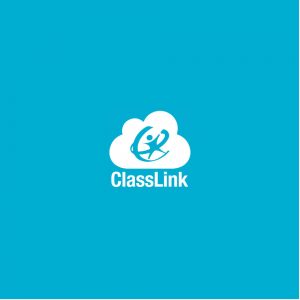
Erie High senior Mackenzie Campbell said her jaw dropped when she learned her team won an engineering challenge to design an unmanned aircraft as a solution to the need for more efficient rural package deliveries.
“There was a lot of trial and error,” she said. “It felt like we were hitting a lot of dead ends. But I’m very proud of the project we put together. It was a good experience to get an idea of where the industry is at with unmanned aircraft.”
Campbell and five other seniors in Erie High’s engineering design class recently won at the state level in the annual Real World Design Challenge, qualifying the team to compete at the nationals in April.
The students were the only engineering design class team to choose the Real World competition instead of a rocket-building competition as this year’s big project. While their competition was tricky because it was theoretical, the students said they also found it more interesting than designing rockets.
Four of the seniors are in the engineering program’s computer science track, while the other two are in the aerospace track. Along with Campbell, the seniors on the team are Bayley Anderson, Abram Fluckiger, Justin Ely, Emily Frech, and Fischer Straub.
This year’s design challenge was to “investigate the practicality of using unmanned aircraft to transport cargo to reduce time and environmental impact.” The idea was based on parcel companies working with the federal government on more efficient delivery methods, reducing truck traffic in rural areas.
Parameters included a cargo weight of 4,000 pounds, with the cargo required to be stored in two specific containers. The unmanned aircraft also needed to travel 300 miles, with 45 minutes of fuel reserve, and cruise at an altitude of 20,000 feet.
To prove that their idea would work, the teams needed to calculate the operating cost of flying and analyze how the aircraft performed when compared with a standard cargo flight and a truck. Lastly, they had to use a cost-to-benefit analysis to justify choices made in the design of their aircraft.
“At first, it was quite an overwhelming process,” Campbell said.
Anderson researched and found an older model Ukranian plane that fit the needed parameters for the body of the aircraft, then the team redesigned the interior with sensors and autonomous equipment, including using machine learning in their navigation system.
“I’ve never seen one of those planes in person,” she said. “I didn’t know how it would all fit together.”
They also made modifications so the aircraft could use regular jet fuel instead of the highly explosive — and discontinued — original fuel type.
Their project included a 42-page engineering notebook detailing everything from their budget and the specs for the unmanned plane to flight plans and 3D designs.
Fluckiger said their calculations showed their design was successful, as it ended up both faster and more efficient than traditional cargo planes. It also was faster than using cargo trucks, though the unmanned aircraft did use more fuel.
While they had just three months to complete the project for the state competition, they have another two months to make a few additions and changes to their original project and develop a 15-minute virtual presentation for the national competition.
“I think our chances are good,” Campbell said.
Fluckiger, who plans to attend the University of Colorado Boulder, is majoring in physics. Though he’s not continuing with engineering, he said, the engineering classes were “really fun and useful” and taught him programming skills.
Campbell, who plans to attend the Colorado School of Mines and major in electrical engineering, said she signed up for Erie’s intro to engineering class on a whim.
“The first year went really well,” she said. “It kind of just started to click that I’m good at science and math and I should continue on that path.”




